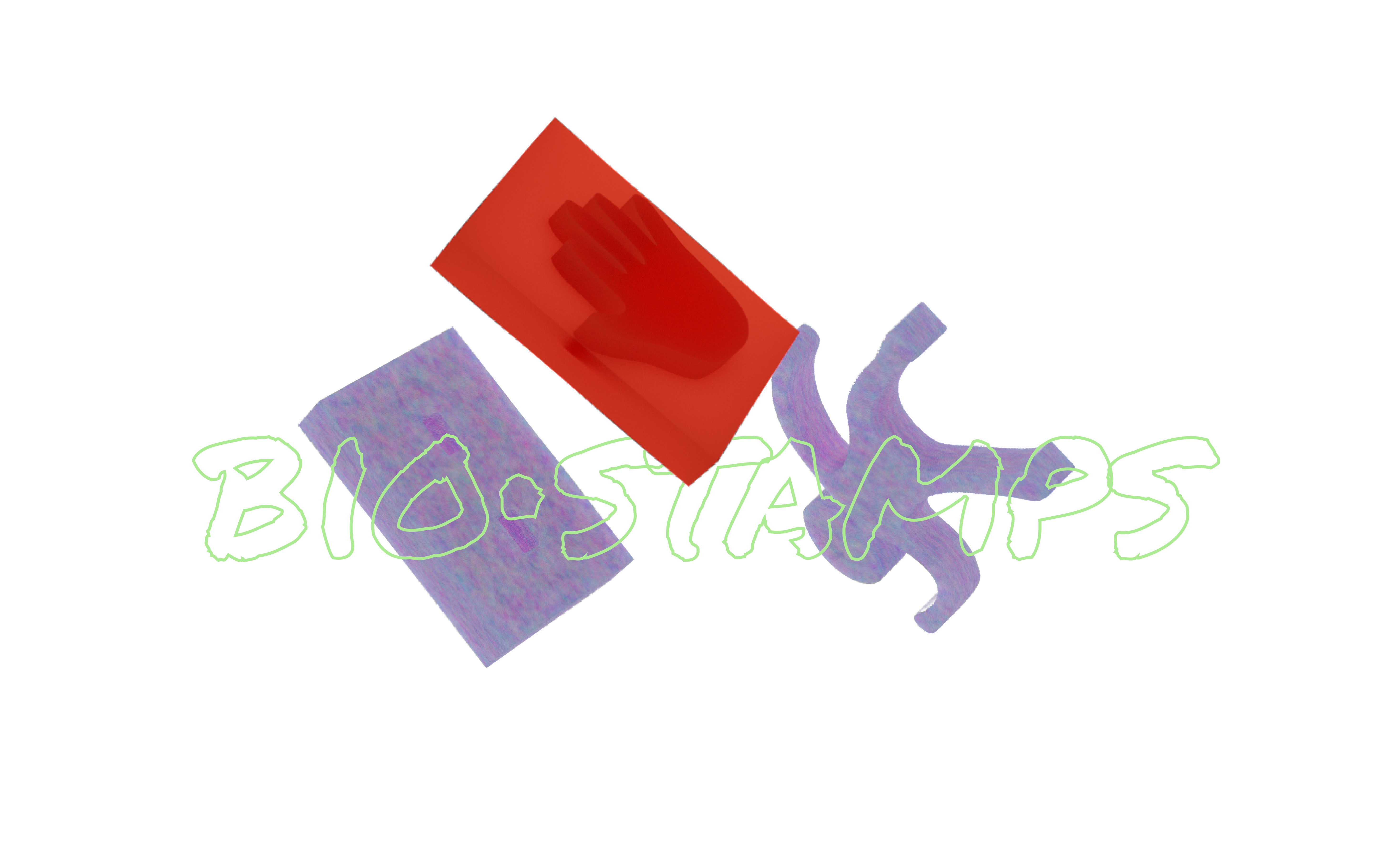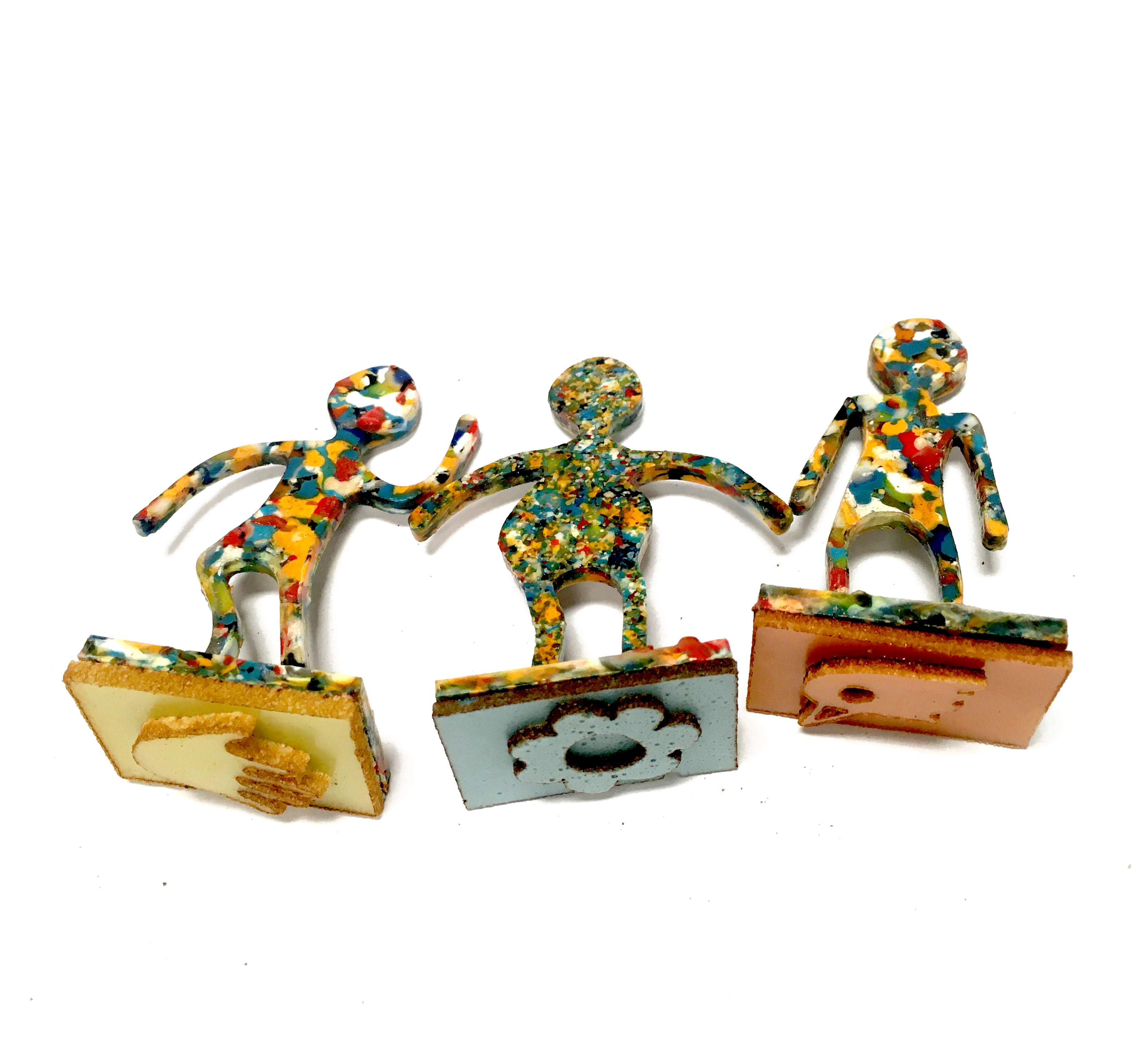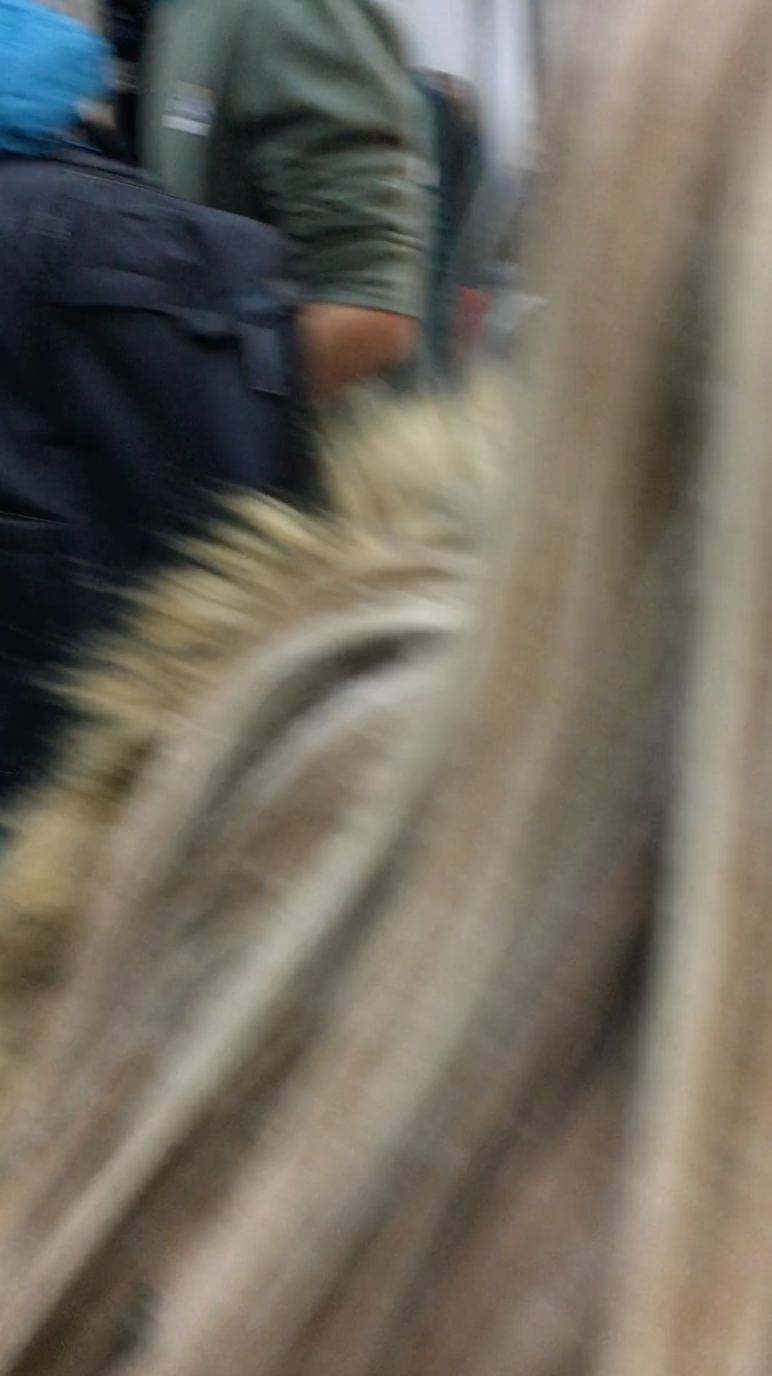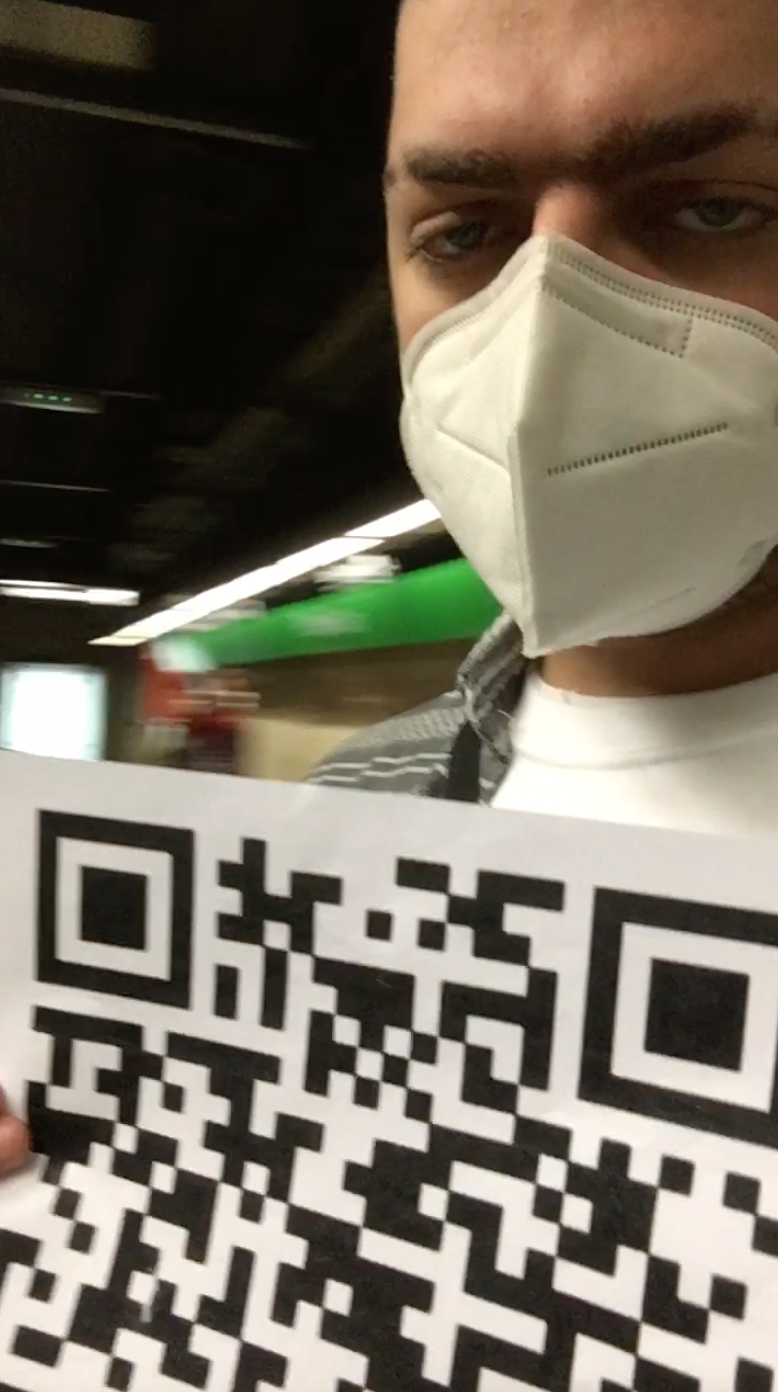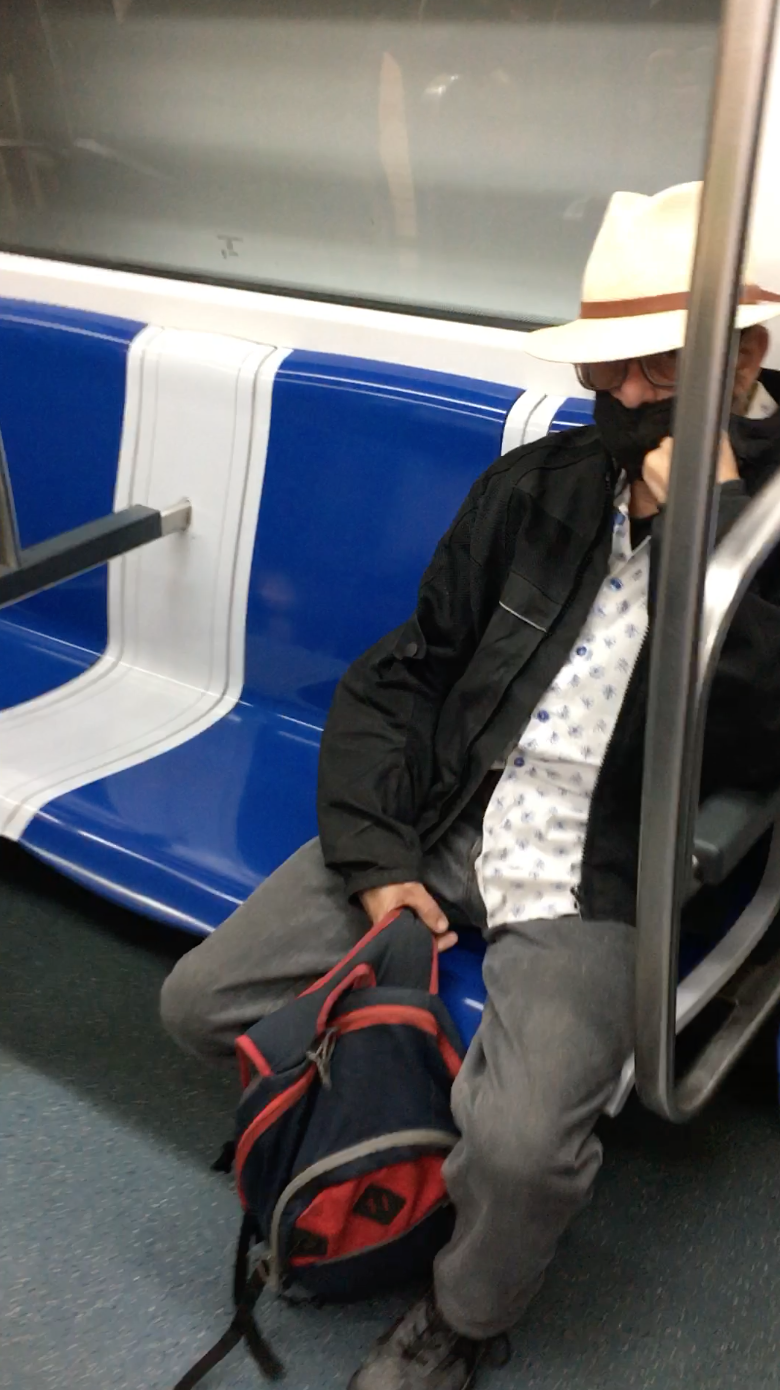
design studio II
Coming back from the winter break, I had my mind set on some things. I had made some resolutions in order not to repeat what had happened in the first term and evolve my work. I had thought about going for something less theoretical and be more straight-forward with my approach.
a. toys with past lives
PART 1 - litter to glitter
So I thought to myself “What do I enjoy doing?” And suddenly, I had many answers. In fact, during the first term, Kai and Anna had been working on children’s toys with biomaterials and electronics. And having sculpted puppets (fig. 1) before, I decided to approach them. The purpose was to find an intervention in which I would be using my hands rather than spend hours in front of the screen. Manual work for me is where I fully get lost in the flow.

fig. 1 previous personal work: magnetic puppets for my niece
Conveniently, in our first Design Studio class after the break, we were supposed to present a 3-min pitch, going over what we had done in the first term, and where we would like to direct our work in this coming term. So I presented my areas of interest and where I would like to execute my new design intervention. Directly after, I joined Kai and Anna’s group and we started a Whatsapp group together where we would discuss some possible ideas.
Interestingly enough, we had developed an initiative together with Dídac, Audrey, Paula Bustos, Andrea, and others... which had a common interest of collecting discarded objects and garbage from the neighborhood. However, each of us had their own purpose. I proposed to the toys group that we try to create toys from waste material. And together with recently included, Borka, we set out to repurpose some random objects into possible toys (fig. 2).
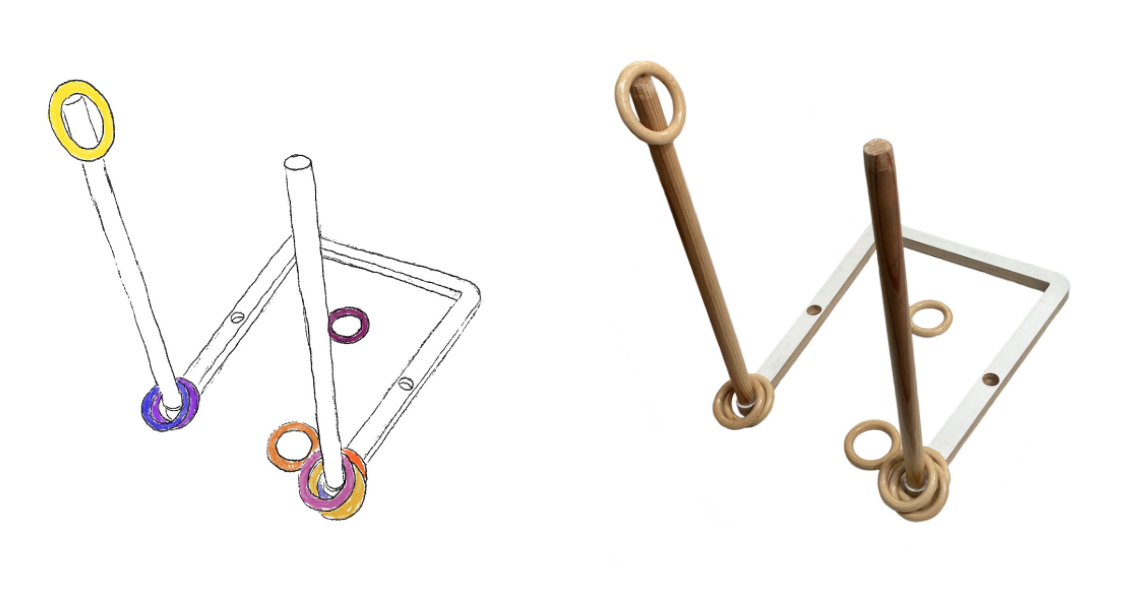
fig. 2 A repurposed chair and shower curtain rings
We had prepared some interesting toys and thought about what other things to make. During our following class, we presented to the class our intervention. Here is the full presentation. The next step for this intervention was to go out in a park and test these toys and how children and their parents would react to them.
PART 2 - bio stamps
[cut to] Fab Academy Micro Challenge I, an effort to be done in pairs, with the main goal of using the previously learned techniques and equipment in an all inclusive challenge. The most relevant techniques that we learned then were computer controlled cutting as well as 3d modeling and design.
I paired up together with Kai, and we decided to make this challenge useful to our design intervention. And as Kai and I have a lot of common interests, the work flowed smoothly and quickly. Our challenge was to produce stamps for kids made solely from bio-materials and recycled waste. We called them, “bio stamps”.
fig. 3-4 “biostamps” Kai and I’s first Fabacademy Microchallenge
Find here a thorough overview and process documentation of this challenge.
This successful challenge was another addition to our expanding toy collection.
b. metro/public database
As a person who lives in Tarragona, 1.5 hours away from the location of my daily classes, I spend approximately 4 hours of my day in public transportation (train + metro). Having lived my whole in a country where public transportation is restricted to “service” cars that drive to and from specific locations in the city, and dirty buses that travel longer roads, I am absolutely mesmerized/terrified by the metro.
The energy in those metal boxes intrigues but also infuriates me. A paradox containing a large amount of human beings but almost no social interactions. A liminal space where people spend their time waiting to get from a place to another. And what better way to kill time than brainlessly scrolling your socials feed.
During the first term, I had previously made an encounter with the metro, in the Living with Your Own Ideas course, where I wore a QR code and stood still in the metro suggesting that people scan it. This seemingly silly experiment generated some very interesting social dynamics between me, the people who scanned and the people who didn’t scan.
fig. 5 My “Living with Your Own Ideas” experiment from term 1
And I never stopped thinking about it ever since.
My idea (still in working) which I would like to explore if I find the time, is to turn the metro into a virtually augmented space. What I would like to do is create an interactive database, where people could attach text and files on the metro, and all this data would be only visible to people who have access to the link that reveals this hidden virtual layer.
As my programming skills are very limited, I have approached Jeremy for help.
c. rooftop initiative
Arriving into IAAC as a member of the new batch of MDEF students, I was appalled, like many of my colleagues about some aspects of the facility.
I was admitted into a program called “Design for Emergent Futures” aiming to equip us with tools to deal with crises and problems that are harming our environment and our well-being. To my surprise, trash was not recycled, single use plastic was still very much abundant there was no real implementation of the concepts we are tackling within the facilities.
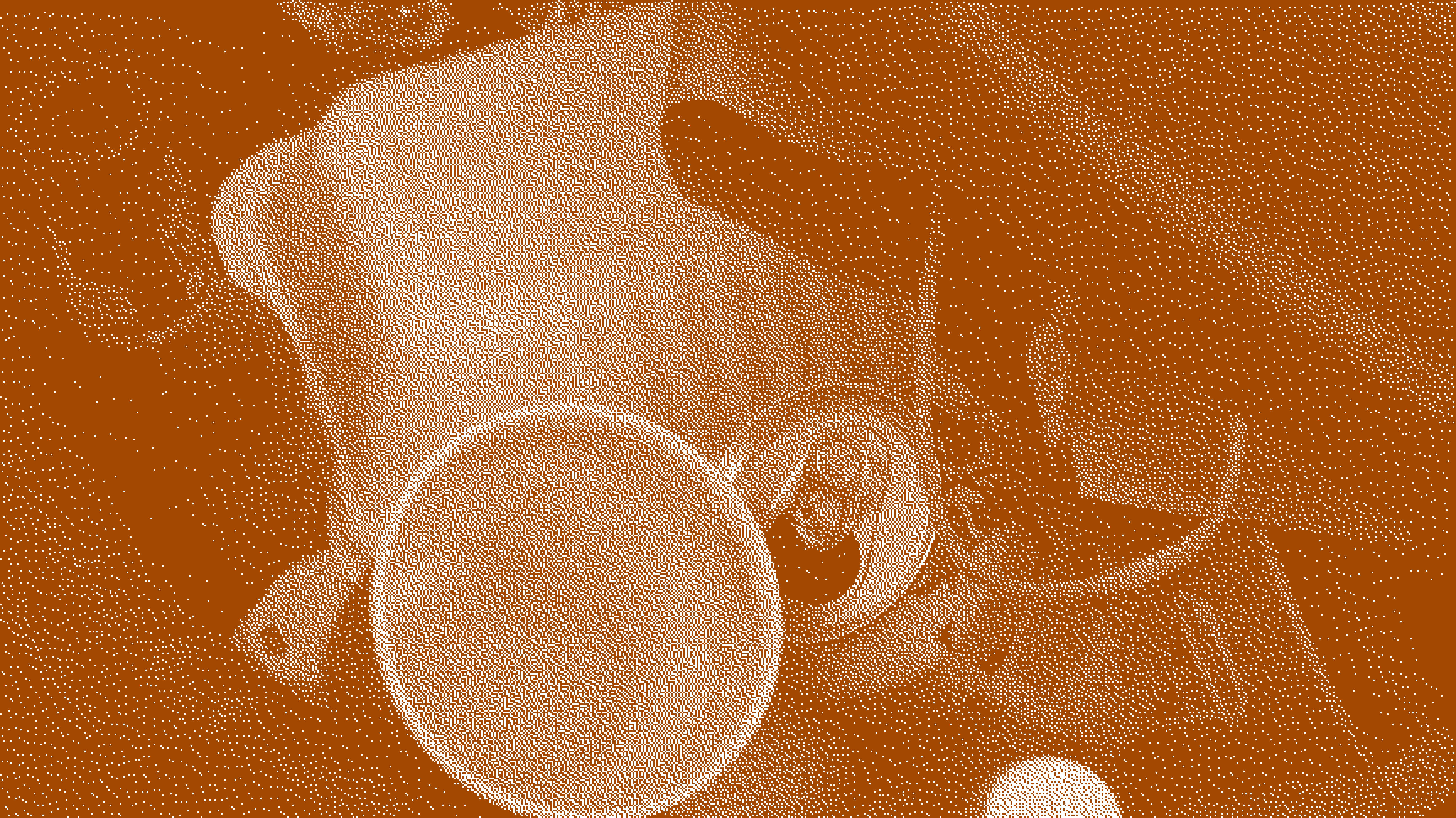
fig. 6 Unsorted trash in IAAC
Later on in the program, as we got to know the work of the previous students, I noticed many similar efforts that were done the previous years to the ones my colleagues and I are trying to make. But how come we have to repeat the process from scratch while we have clear precedents?
A key moment in this program was when we visited Valldaura Labs, and specifically getting involved with some MAEBB students and faculty. In this program, the students all come together to create 1 big project and construct it at the end of the year on campus, the projects would serve as demonstrations/hi-fi prototypes of the group work, but they would remain functional and get maintained by new students the years to come.

fig. 7 Valldaura’s Greenhouse
As many of my colleagues are working on collecting, dehydrating and repurposing waste (processed and organic), hydroponic agriculture, composting, repurposing furniture, and others, we thought about unifying all these efforts into 1 big system aiming to become circular, in order to strengthen and solidify the impact and not just have them wither as simple exercises.
For this we needed a space, and what better space to use than the sun-kissed IAAC rooftop, which could perfectly host these artifacts and apply their functions with the frequenters of the rooftop.
We got together and roughly mapped out a collective Miro board containing the rooftop space and the singular products/components of the system.
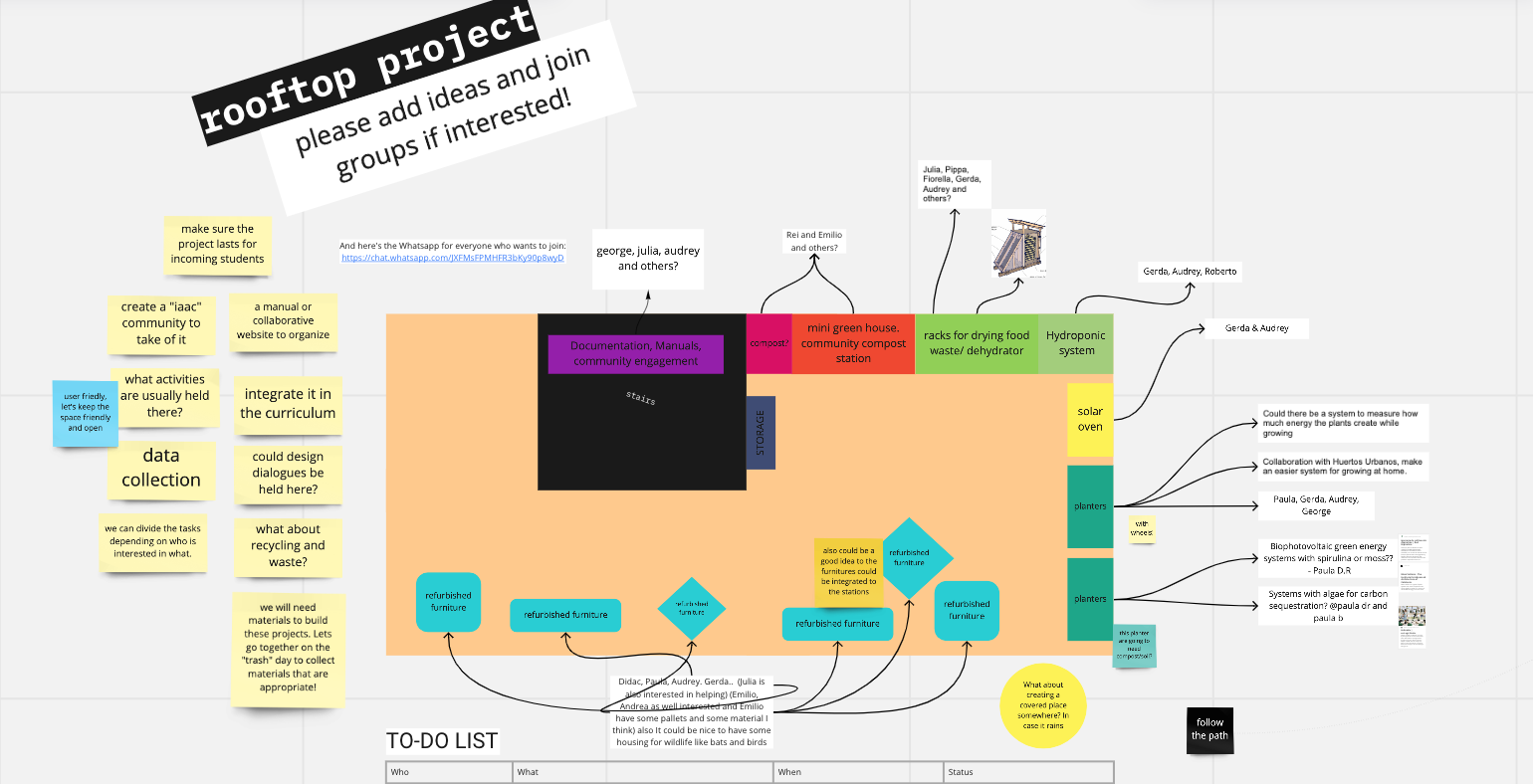
fig. 8 first sketch of rooftop initiative components
We then emailed IAAC administration asking for the permission to use this space and what it would take us to do it, to which they responded openly and encouraged our efforts. They asked that we prepare a detailed proposal containing our plan and send it their way.
Personally, I am not part of any of these single products that are being produced there. However, I decided to be part of this initiative as I feel like I could employ my graphic and organizational skills in order to help weave these pieces together and maintain consistency.
I am currently documenting all the meetings and activities lead by this group using my film camera in order to visually showcase the progress that would take place.
